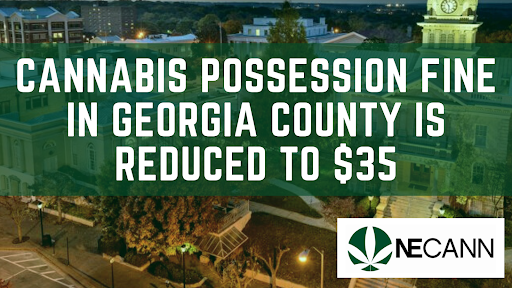Regulators in Illinois have extended the operational deadline for some craft cannabis growers in the state, allowing them to cultivate, dry, cure and package cannabis.
The amount of cannabis they can grow is limited by square footage, but the Department of Agriculture has indicated that this capacity may be increased over time due to market need and a licensee’s history of compliance.
Since legalizing adult-use marijuana sales in 2020, Illinois has seen tremendous growth in the industry – surpassing $1.5 billion in retail sales with an increase of more than 12% from 2021 alone. With 30,000 jobs created since legalization and some of the largest companies in the country based there, Governor Pritzker’s vision for creating the most equitable and economically prosperous cannabis industry in the nation is quickly becoming a reality.
In January, Illinois governor J.B. Pritzker celebrated an impressive year for the state’s cannabis industry as adult-use cannabis dispensaries sold a record-breaking $1.5 billion worth of product and saw the first social equity adult-use cannabis dispensary open its doors. This was a 12% increase from 2021 and 131% from 2020, when cannabis sales were first legalized in the state. Governor Pritzker’s ambitious goal to create the most equitable and economically prosperous cannabis industry in the nation is well on its way to becoming a reality, setting up the state for even greater success in 2023.
The Department of Agriculture in Illinois has extended the operational deadline for some craft cannabis growers in the state, allowing them to cultivate, dry, cure and package cannabis without having to meet a March 1st, 2023 operational deadline. Applicants must submit a completed application to the Department of Agriculture and can be granted an operational extension provided they meet certain conditions relating to market need, capacity and compliance. License holders are currently restricted to 5,000 square feet of canopy space for marijuana plants in the flowering stage but this amount may be increased over time up to 14,000 sq. ft., depending on their history with the department, according to a report by High Times.



